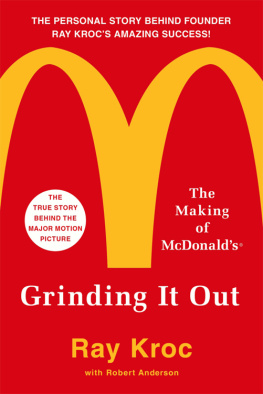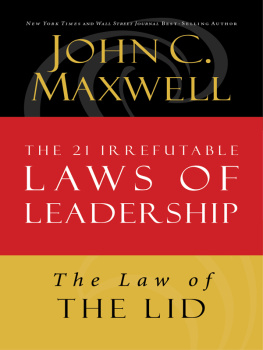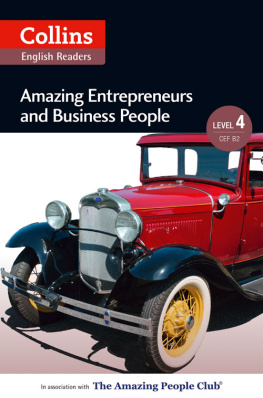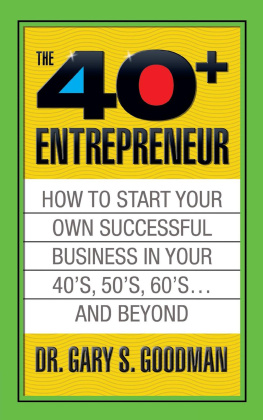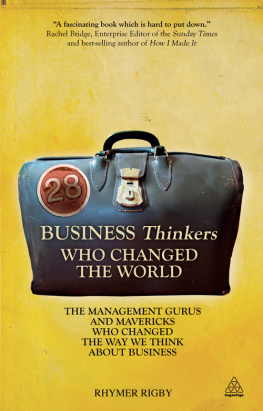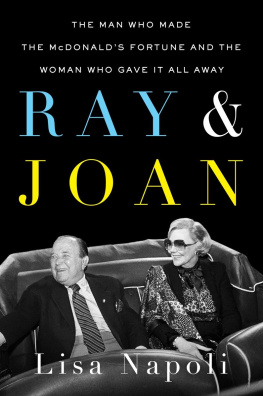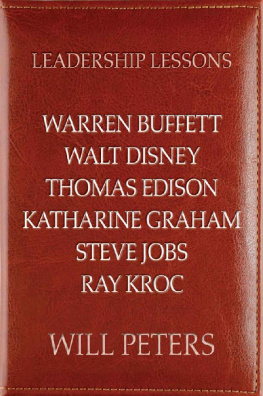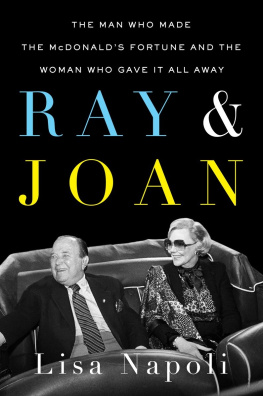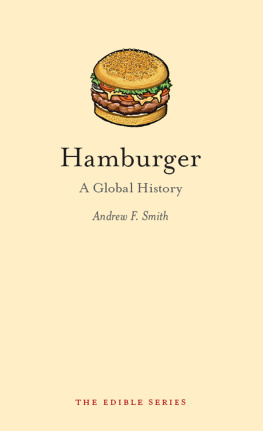Ray Kroc (1902-1954) was a businessman, generally credited with building the McDonalds restaurant chain into one of the successful corporations in the world. He was the author of Grinding It Out . You can sign up for email updates here.
As I finish writing this book, I am painfully aware of the names I have not mentioned in it. Men like Reub Taylor, Commander Alexander B. Dusenbury, Ben Lopaty, Carl Reed, and a great many others who contributed significantly to the making of McDonalds. I can only ask all those who have been omitted to forgive me.
McDonalds had 4,177 stores in the United States and 21 other countries at the end of 1976, a year in which we broke through several boundaries to new levels of business activity and profitability. In 1976, for the first time, our total system-wide sales exceeded $3 billion: the revenue of McDonalds Corporation exceeded $1 billion. Our net earnings after taxes were more than $100 million, and our net worth was $500 million. The company is still green and growing and so am I. In fact, my 75th birthday party made me feel greener than ever. It was a terrific celebration that brought together a lot of the old McDonalds team. It was great to see them all, especially June Martino and Harry Sonneborn. There was a time when Harry and I were convinced we would never speak to each other again, so it was wonderful to have him put his arm around my shoulder and tell me, Ray, youre the best friend I ever had. Everything seems to be coming up roses. Ill be able to tell you more maana maana
Ray A. Kroc
La Jolla, California
From the time he completed this book in 1977 until he died of heart failure on January 14, 1984, at age 82, Ray Kroc never stopped working for McDonalds. Even in his last few years when he was confined to a wheelchair, he still went to the office in San Diego nearly every day.
As senior chairman, he scrutinized a first-day sales report from every new restaurant the day it opened, and he watched with approval the moves made by Fred Turner and other executives hed left to run the day-to-day operations of McDonalds. The results were astonishing even by Ray Krocs standards.
During 1983, McDonalds grew to nearly double the 4,000 restaurants it had when this book was first published. Its 1983 sales, systemwide, approached $9 billion. And in December of that year Esquire magazine saluted Ray Kroc as one of fifty individuals who had made the greatest contribution to the American way of life in the twentieth century. He was ranked with psychologist Abraham Maslow, theologian Reinhold Niebuhr, and civil rights leader Martin Luther King, Jr., in the category of visionaries.
Kroc gleefully accepted the tribute as good public relations for McDonalds and posed for a photograph that showed him leaning over his desk holding a branding iron in the shape of the Golden Arches. Author Tom Robbins addressed the social impact of McDonalds in his Esquire piece, writing: Columbus discovered America, Jefferson invented it, and Ray Kroc Big Macd it. It could have been an omniscient computer that provided this land with its prevailing ambience, it might have been an irresistible new weapons system, a political revolution, an art movement, or some gene-altering drug. How wonderful that it was a hamburger!
But Krocs real contribution was not in standardizing American tasteit was in creating the McDonalds franchising system. His greatest skill was as an instinctive leader who brought entrepreneurs into a structure that both forced them to conform to high standards of quality and service and freed them to operate as independent business people. These franchisees, teamed with corporate managers and the various suppliers of food and equipment, form a system that by 1987 represented more than 2,000 independent companies. The McDonalds System developed a business momentum that accelerated steadily during its founders lifetime and continued gaining velocity after his passing.
Every day the sun rises on another McDonalds, runs a line from the companys 1985 annual report. A total of 597 new restaurants were added during that year, and many of them were in unusual locations, such as St. Josephs Hospital in Phoenix, Arizona, where McDonalds replaced the coffee shop. Other unexpected places where the Golden Arches were popping up included tollway services plazas, military bases, shopping malls, and amusement parks. This bore out Krocs contention that McDonalds was far from reaching the point of market saturation when there would be no new areas in which to open. When all our areas are covered, he would say, well start filling in the nooks and crannies.
The 1985 annual report made exploration of opportunity for new McDonalds locations its principal theme, stating: The company currently is investigating the possibility of operating restaurants in several national and state parks. And we will continue to dream, to pursue opportunity wherever it leads us. MaybesomedayMcDonalds will be found on aircraft carriers and commercial airliners. In sports stadiums and fine department stores. The skys the limit. And even that may not be true. Those folks doing a tour of duty on a space station a decade or two from now may want a taste of home. And, who knows, it might just be the familiar taste of a Big Mac.
With average sales for restaurants open at least one year running $1.3 million and systemwide sales of more than $12 billion a year, McDonalds now serves 19 million people daily in its more than 9,400 restaurants around the world; that is about 13,000 customers a minute!
The McDonalds franchise continues to be one of the most sought after business opportunities in the world. About 20,000 inquiries from individuals interested in becoming McDonalds franchisees are received annually at corporate headquarters.
Training and development of employees remains a major emphasis for McDonalds. Some 2,500 students attend the restaurant operations and management classes at McDonalds Hamburger University each year. This is all the more significant in view of the fact that, as John Love, author of Behind the Golden Arches , points out: With more than 500,000 people on its payroll at any one time, McDonalds is easily one of the largest employers in the United States. But, Love adds, Its impact on the U.S. work force greatly exceeds its current employment, because it trains so many high school students for their first jobs.
Another area of continuing interest for the company is community involvement through programs such as Ronald McDonald House, Ronald McDonald Childrens Charities, support of the Muscular Dystrophy Association, and a campaign to prevent drug use among the nations youth.
The impetus for all these programs and for McDonalds supremacy in franchising can be traced directly to Ray Kroc. As Fred Turner said in his eulogy at a memorial service for the McDonalds founder on January 20, 1984: Ray touched us. He had a rare capacity to bring out the best in us.
Ray taught us. He taught us to be diligent, to apply ourselves, to raise our self-expectations, to be enthusiastic about our endeavors, to have pride and to waste not.
Ray gave us an example. He gave us an example to be generous, to be thoughtful to others, to be fair-minded, to have balance, to do nothing in excess. We admire his entrepreneurship, his competitiveness, his integrity. We loved his personality, his openness and inherent honesty, and his spontaneity. We loved his sense of humor.
He was positive, not negative. He was a giver, not a taker. He was the best boss in the world, a best friend, a second father, a perfect partner, and an inspiration. We offer each other our condolences for the friend, for the partner, for the leader we have lost.
We shall miss him. He has given us much as human beings, which we share or will share with our families, with our friends, and with our associateswhomever we touch.
Next page
